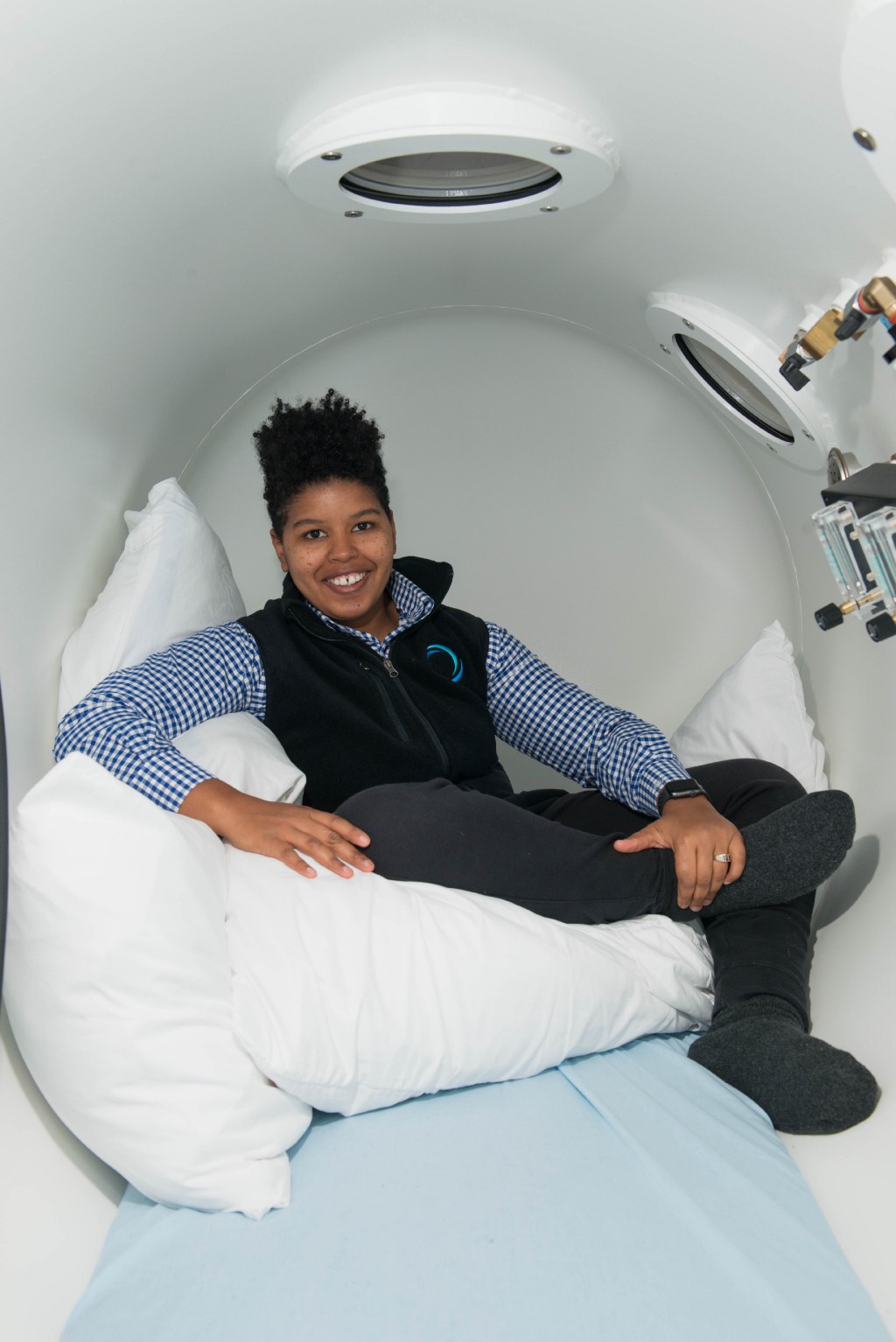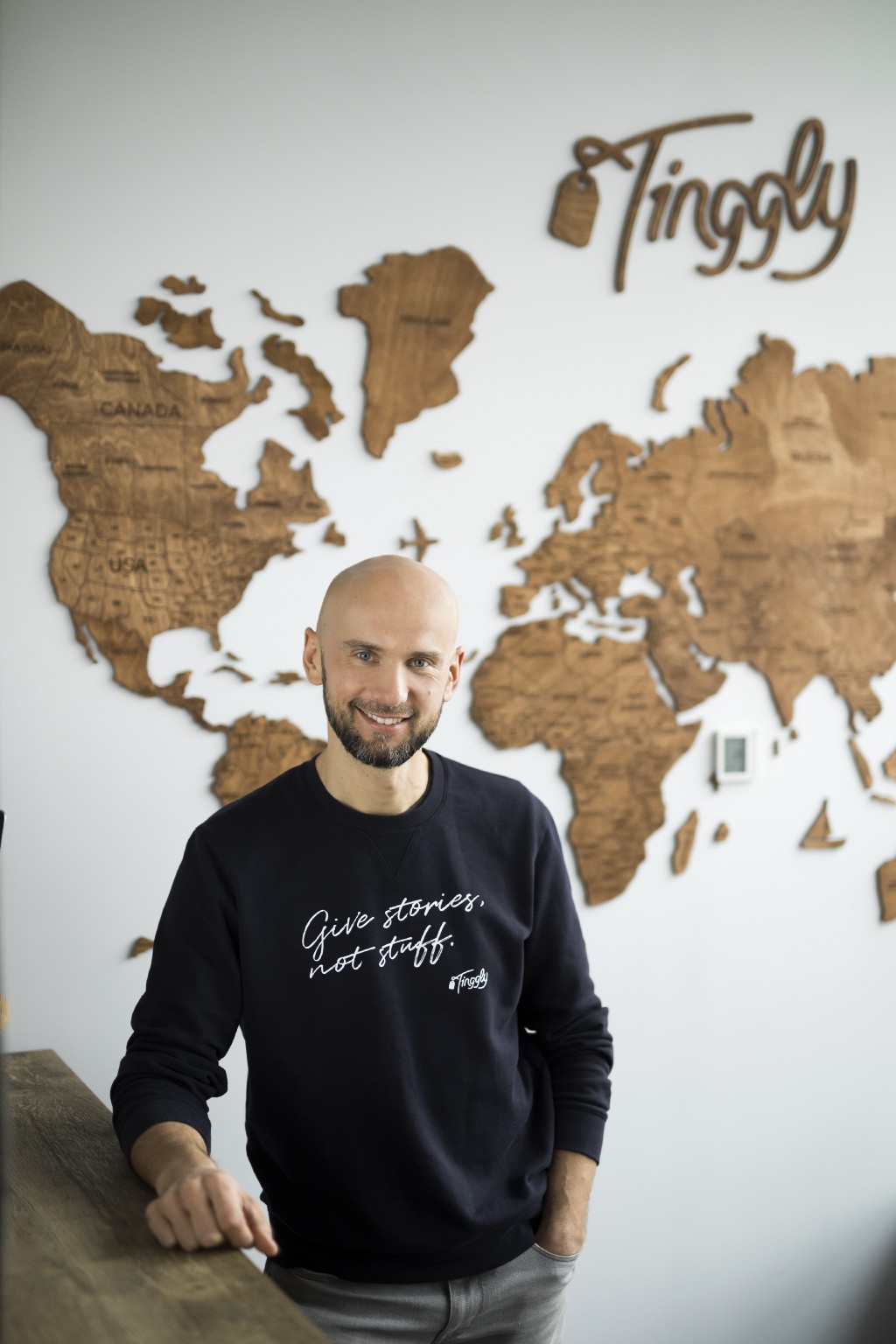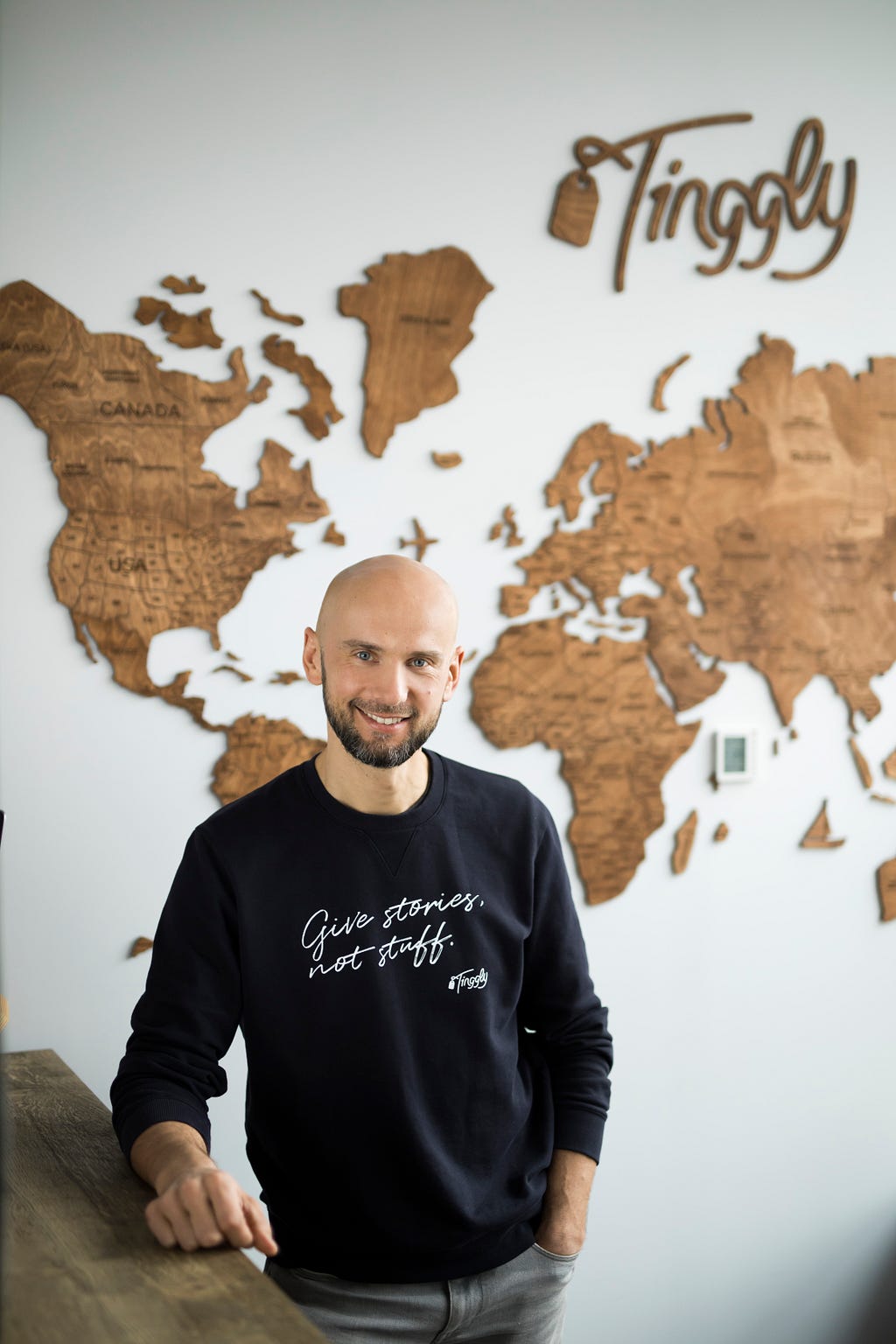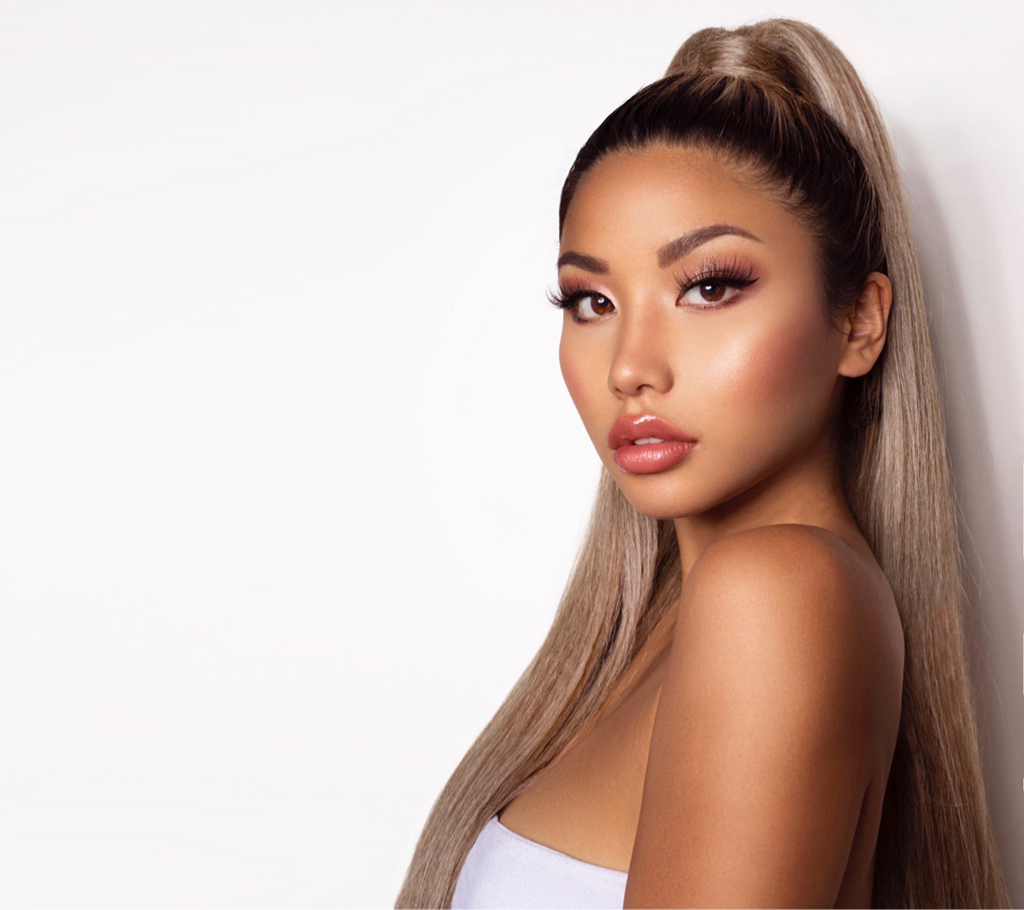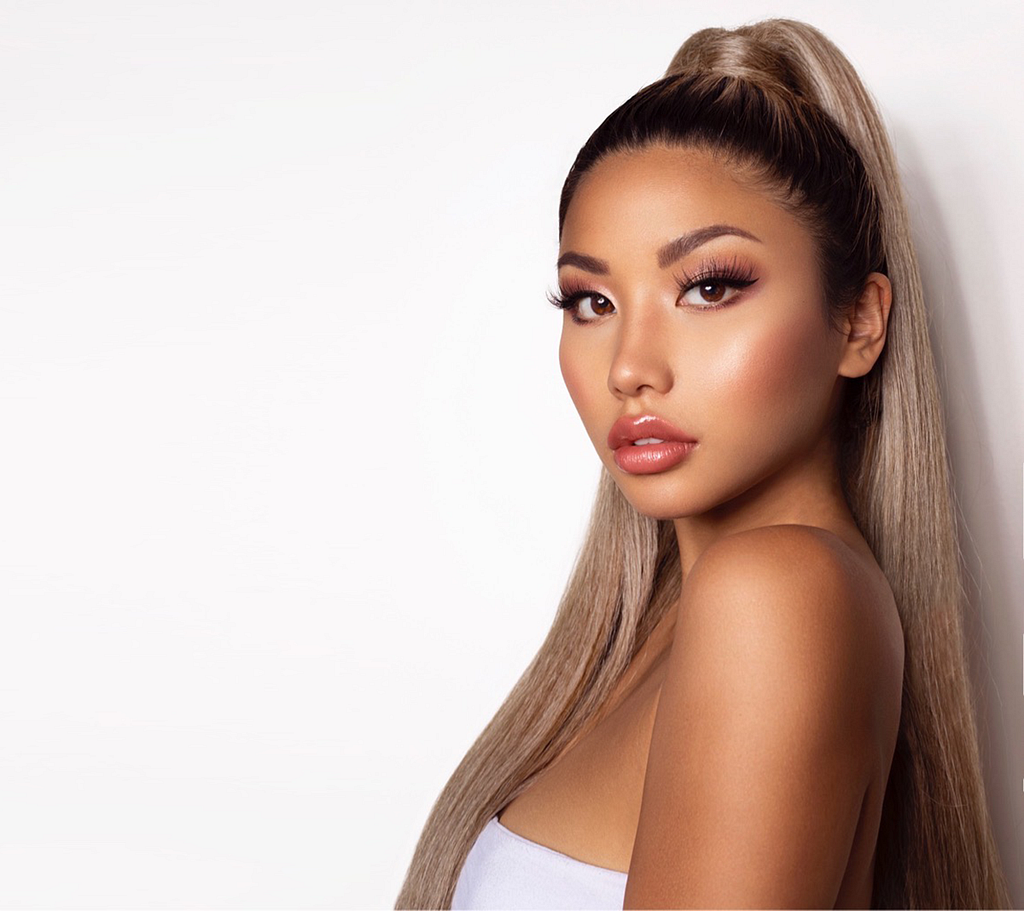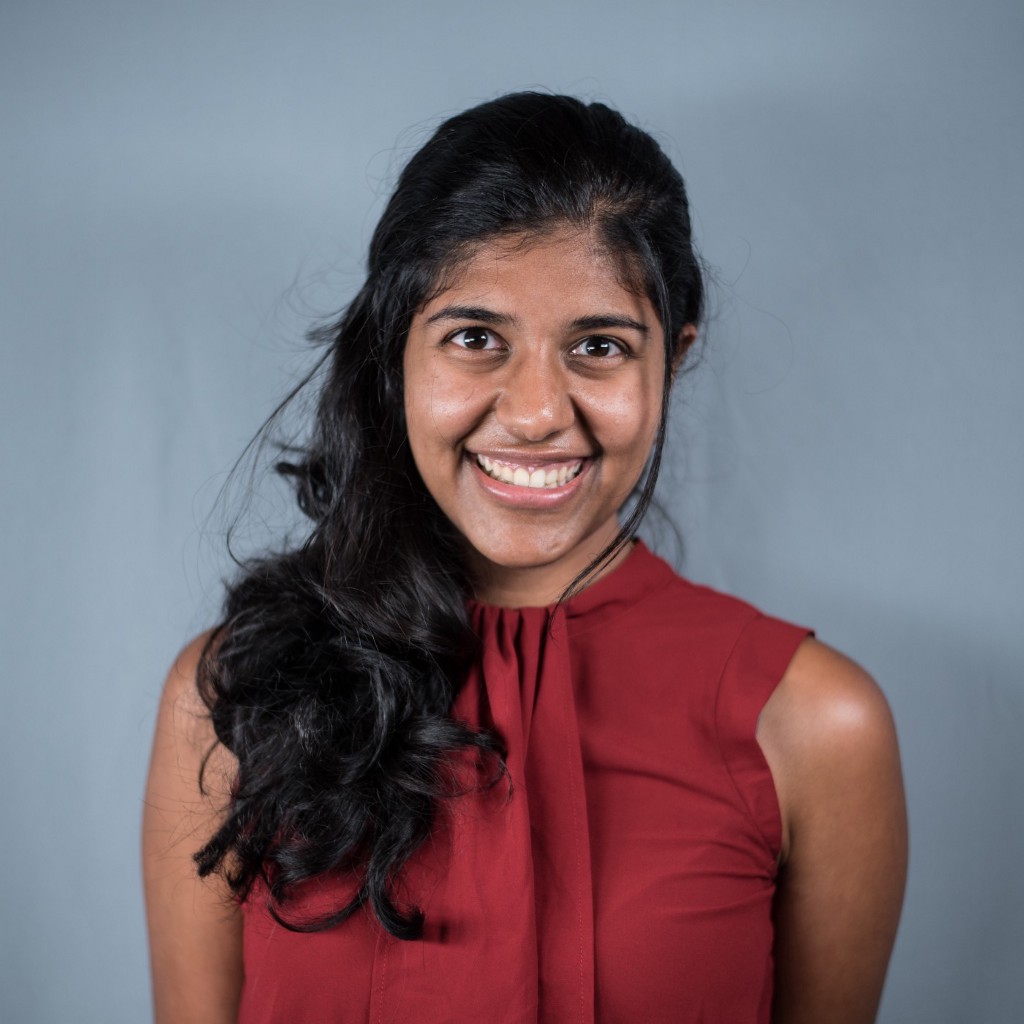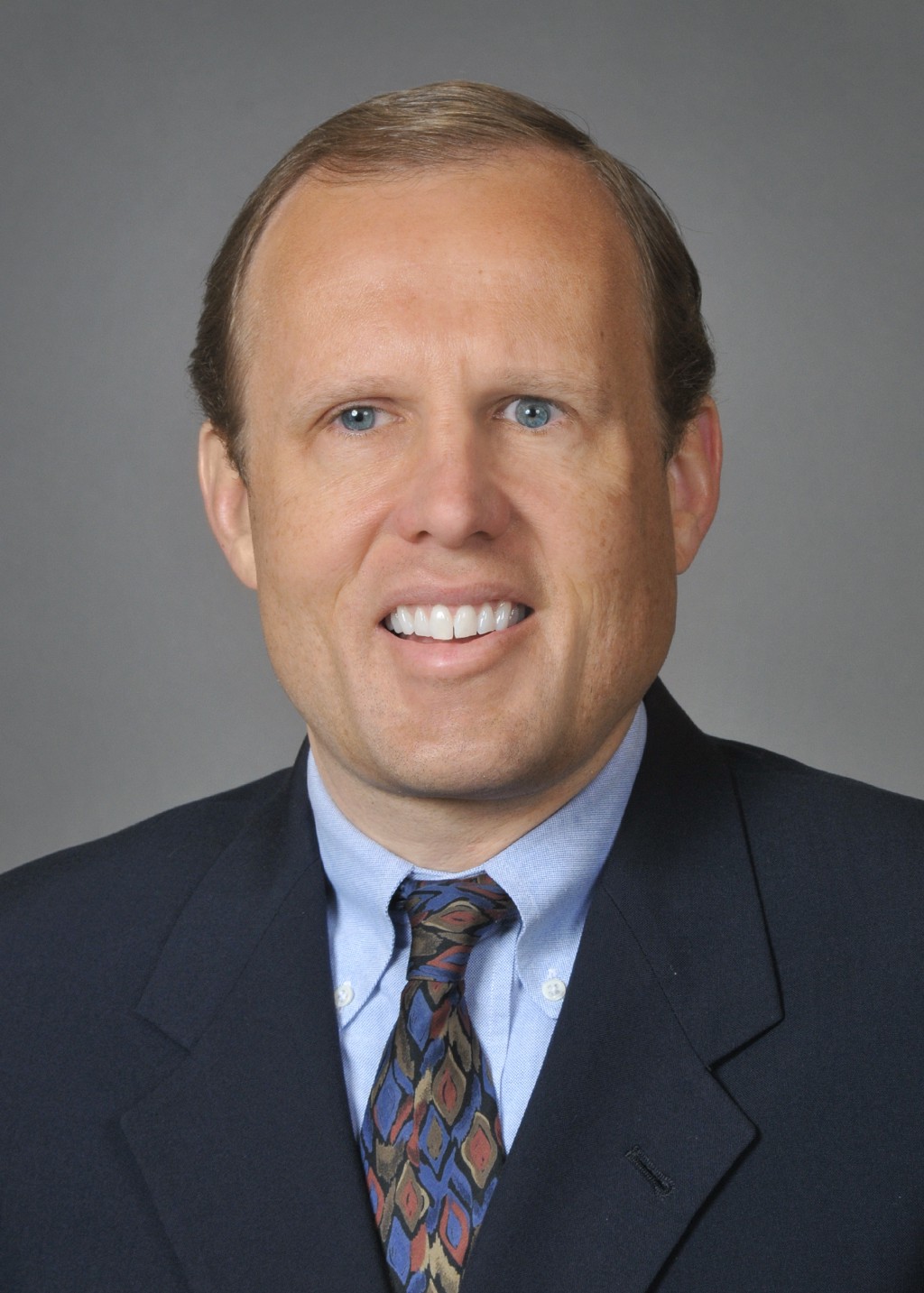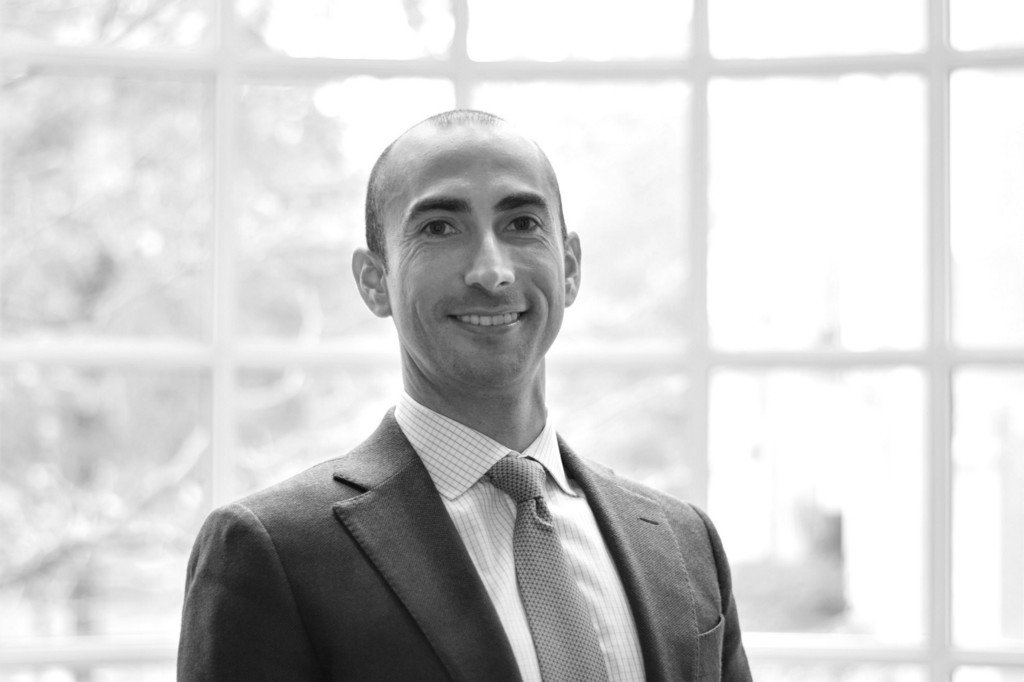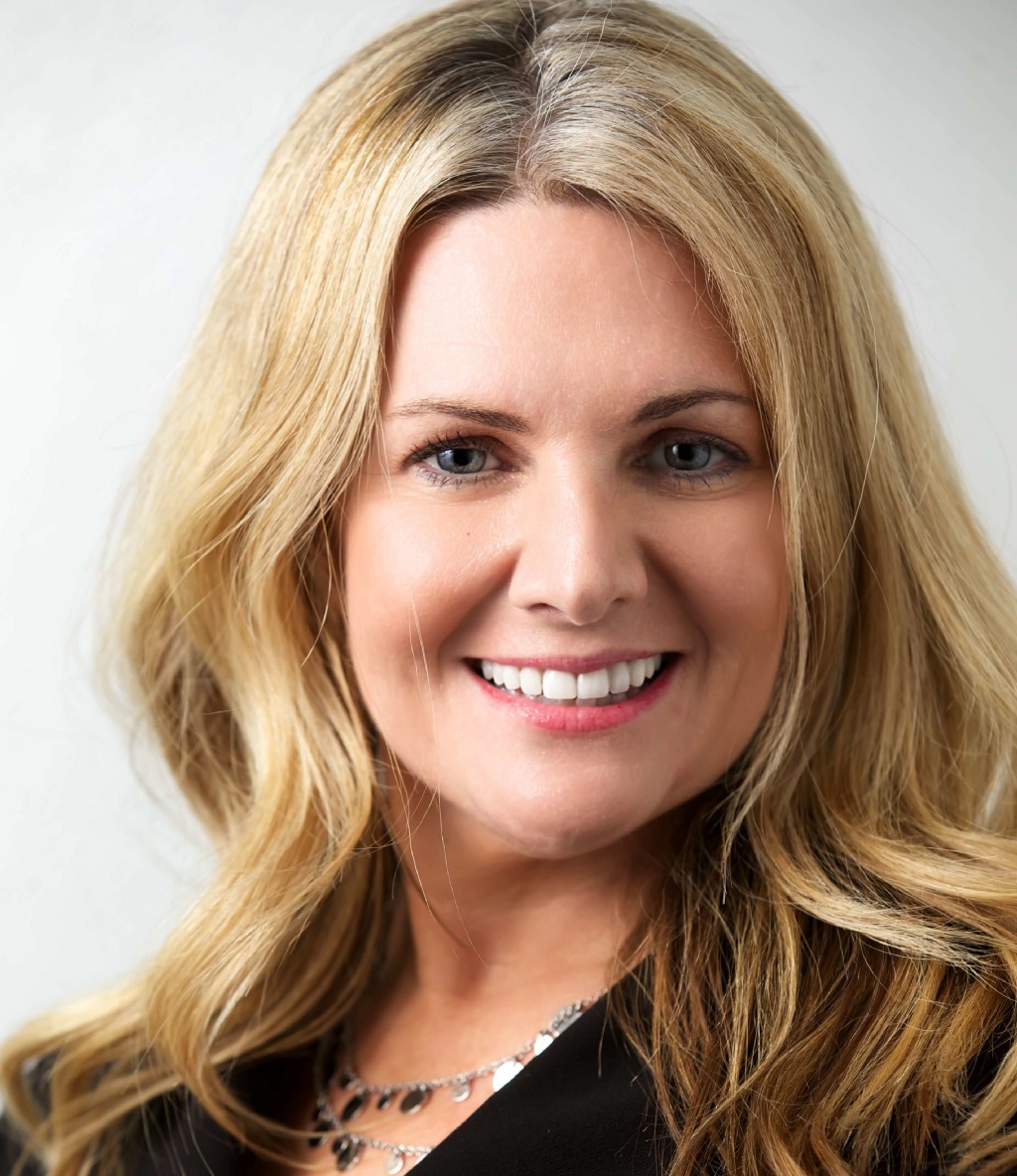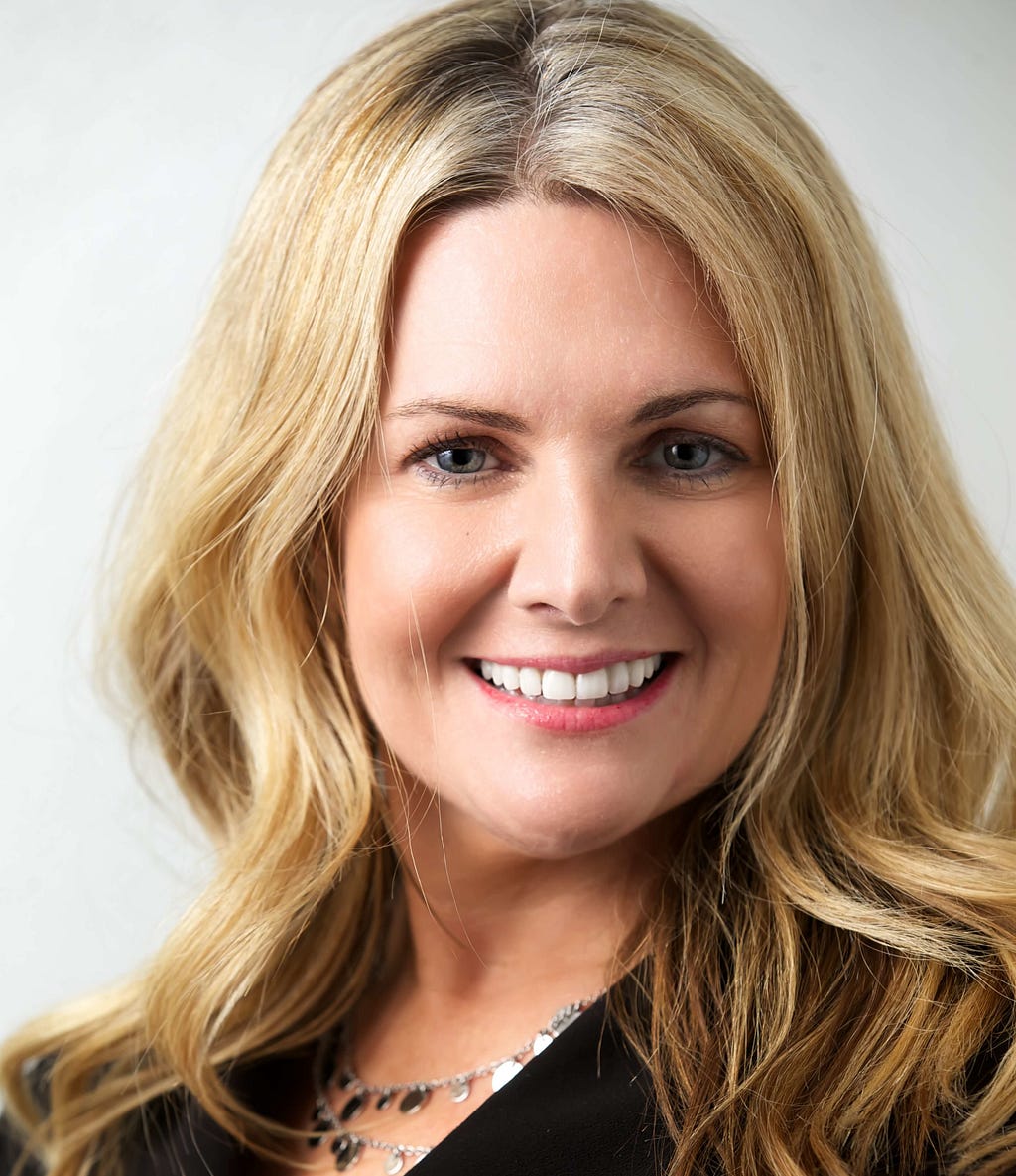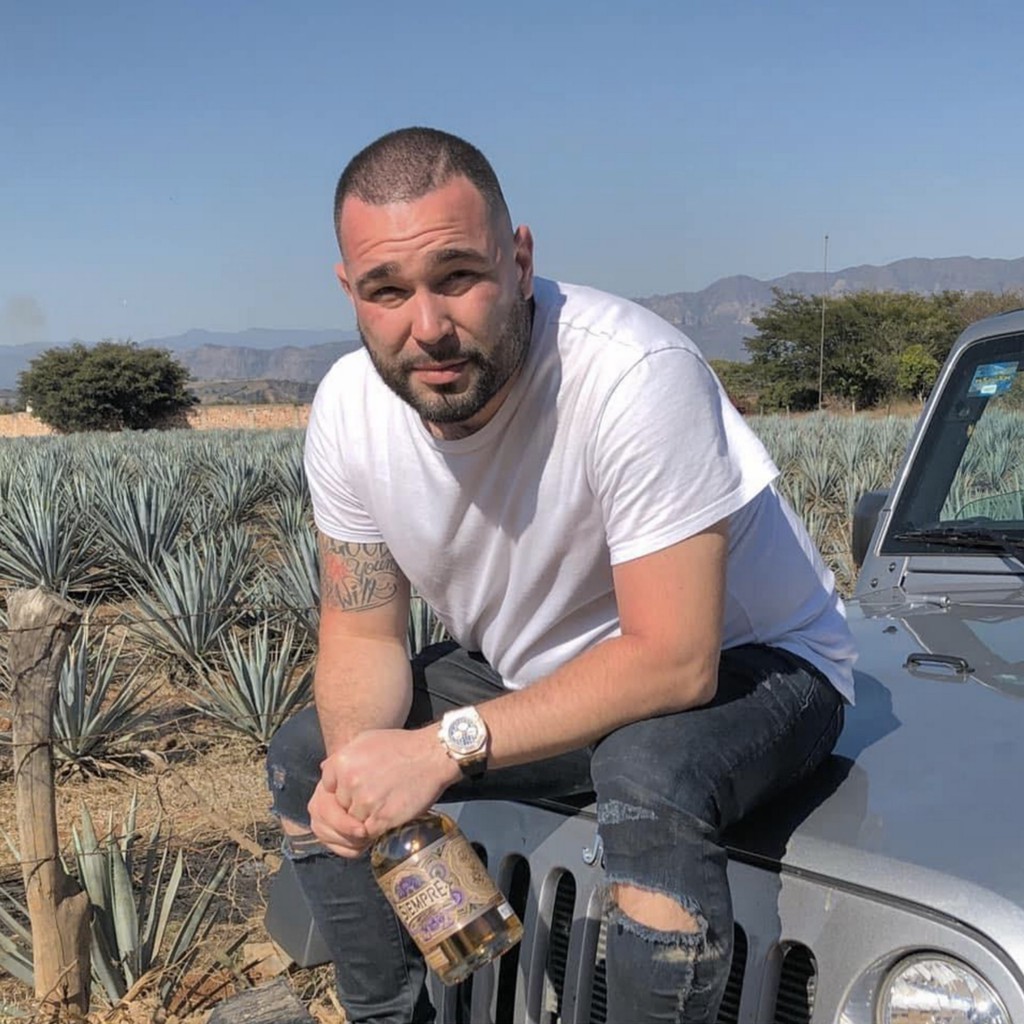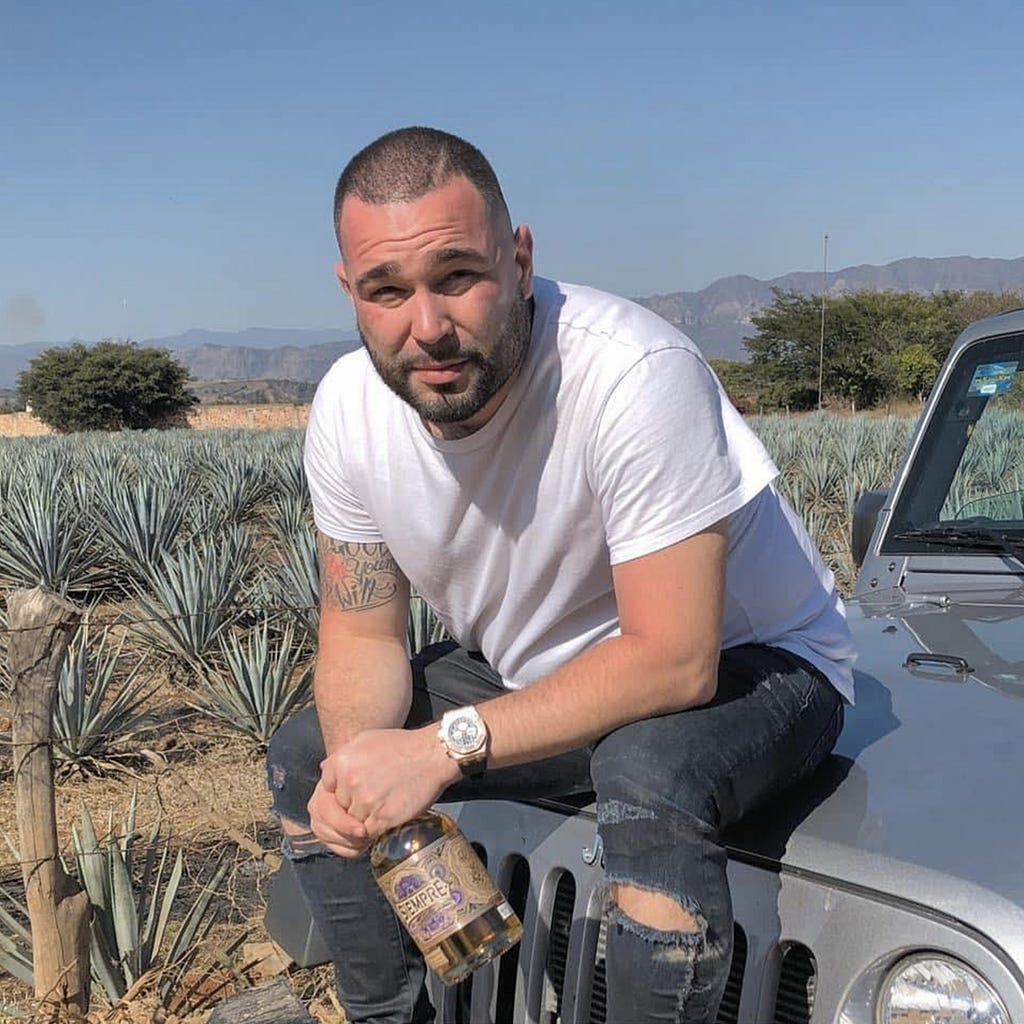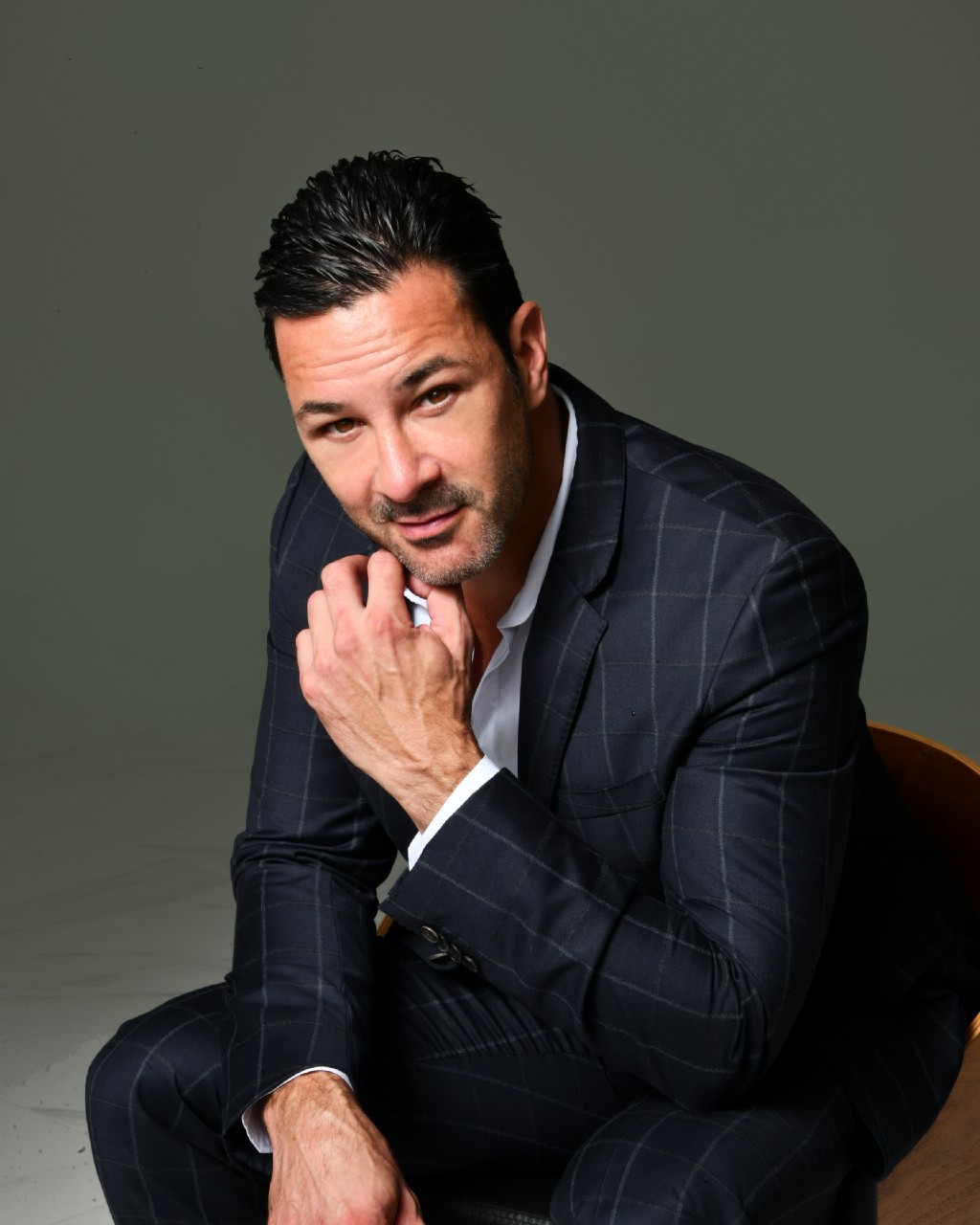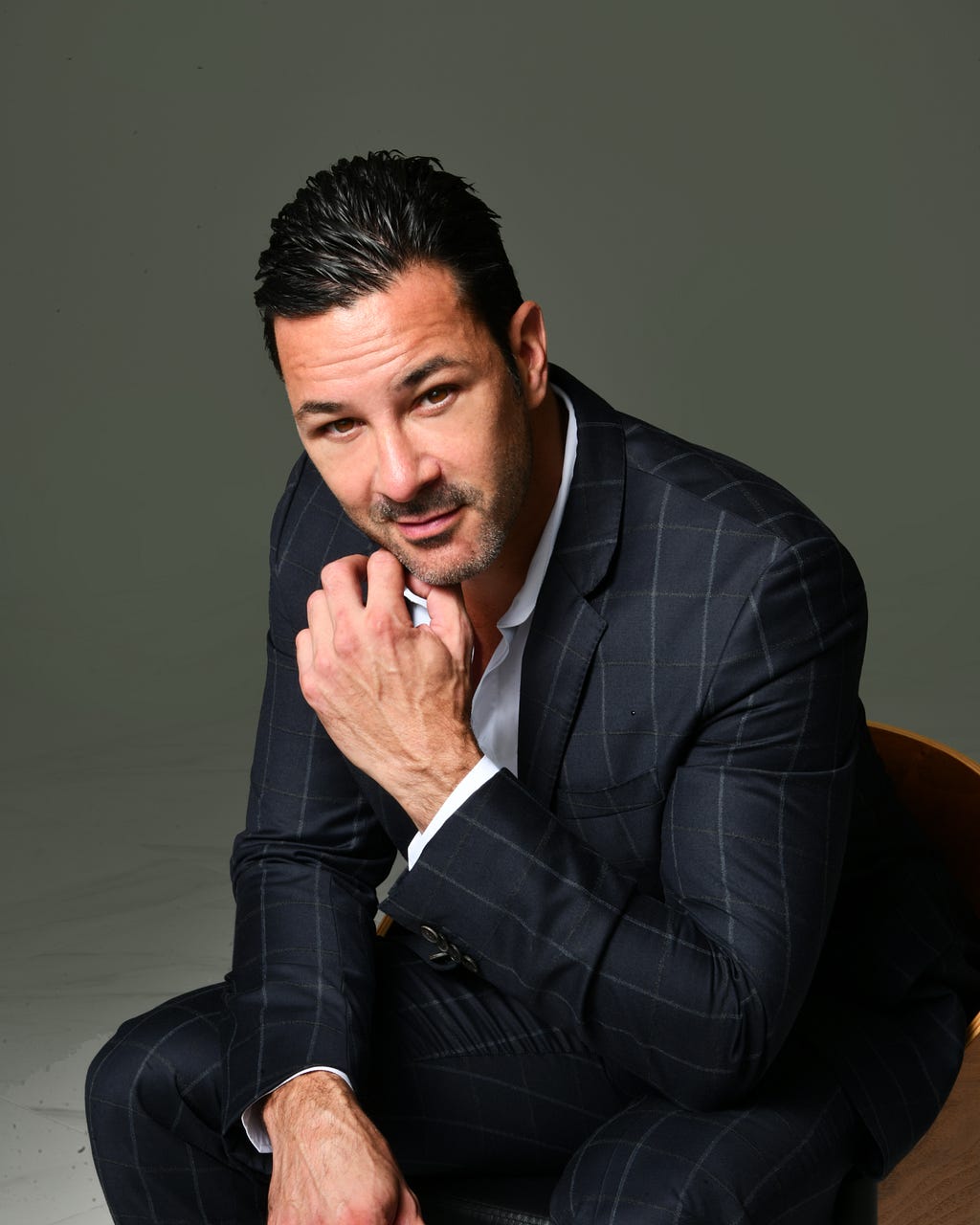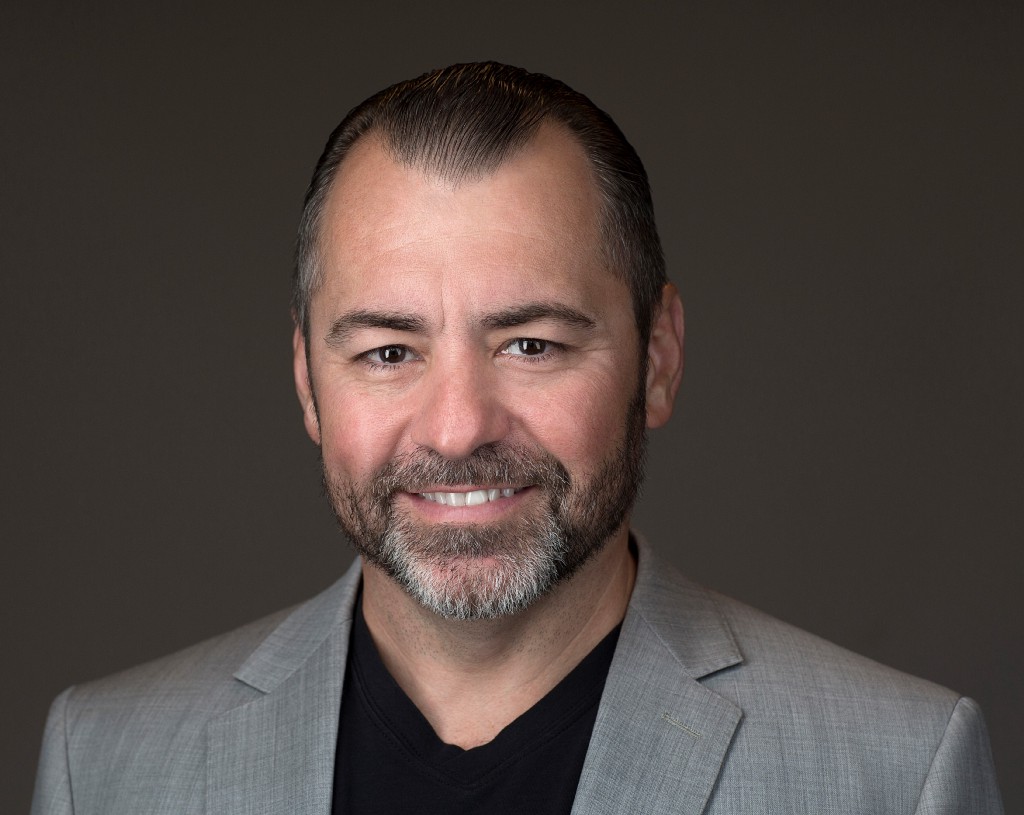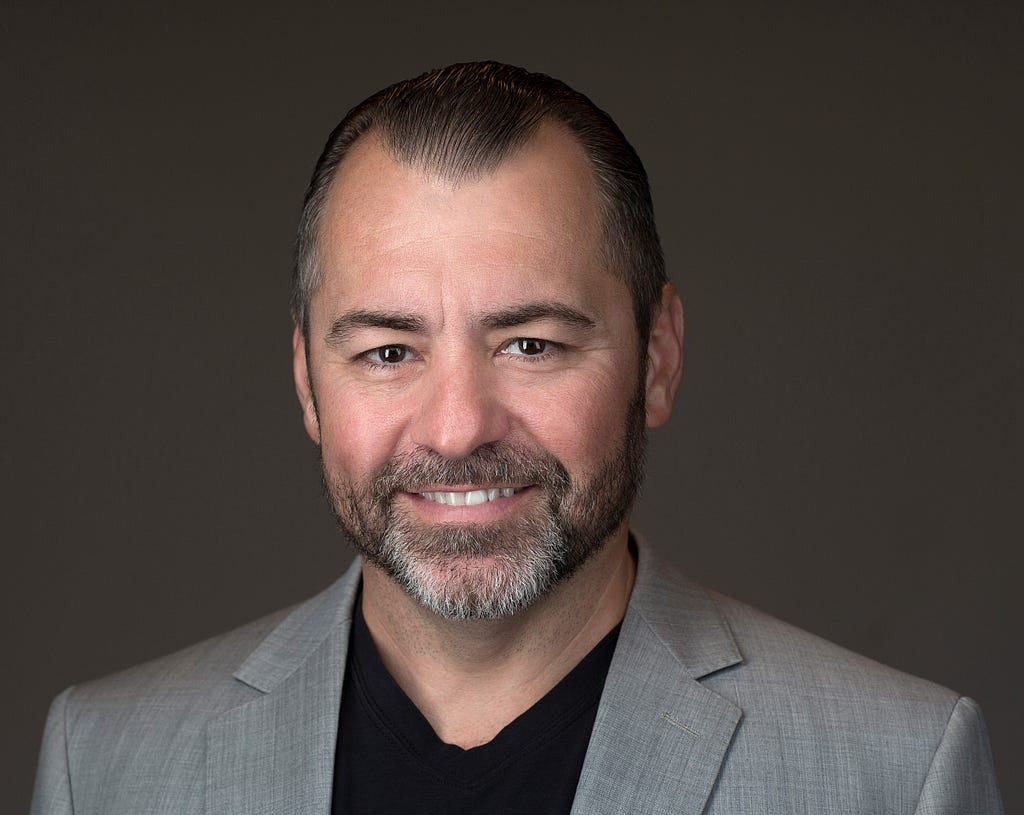The Future Of Beauty: “Hyperbaric oxygen therapy in the beauty space” With Alex Williams of Holistic Hyperbarics
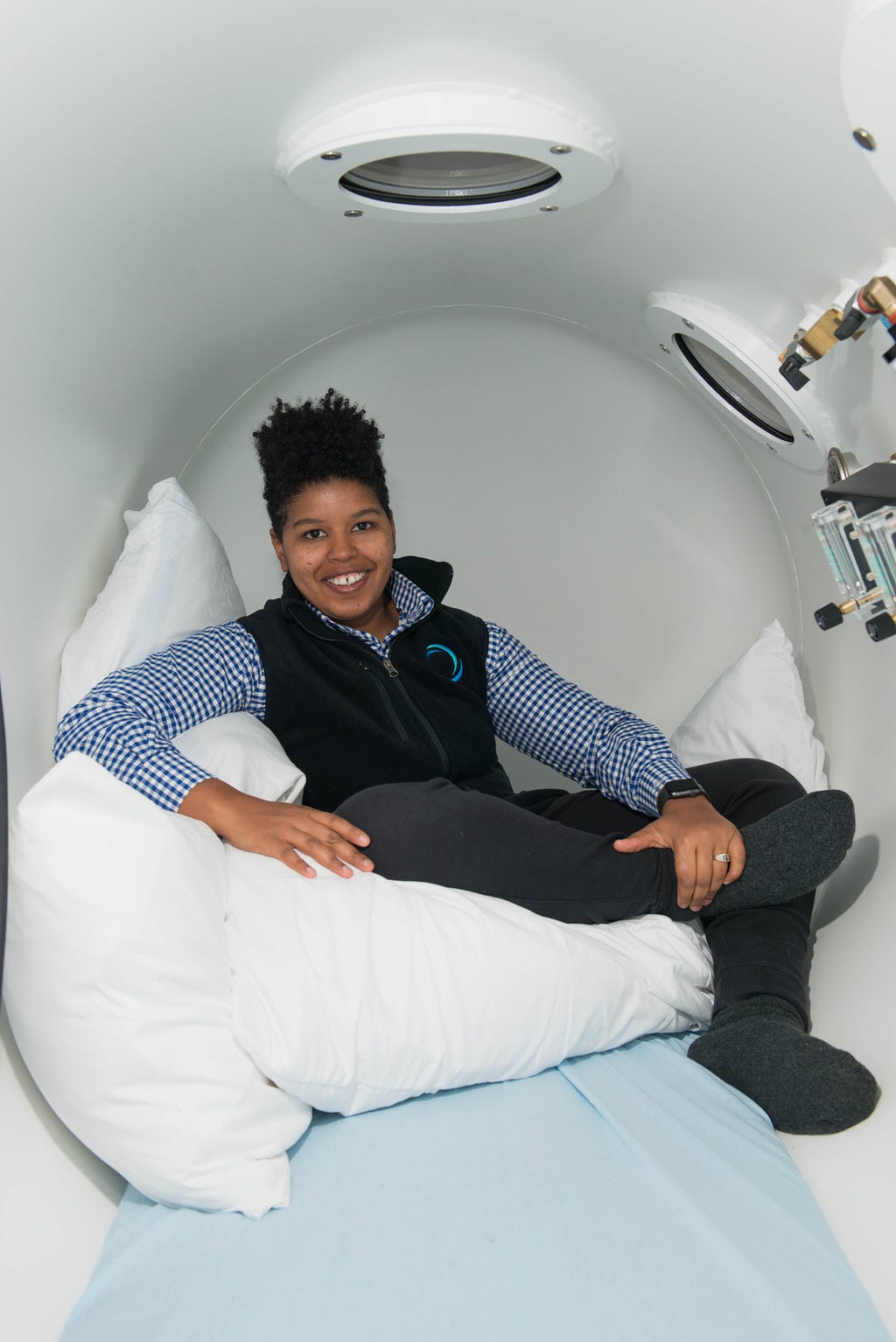
My dad used to say, “If you make your bed hard, you’re going to have to lay in it.” To me, that meant always having an active choice in every situation. That translates to the work I do because either you choose to be a good steward of your body and to take the time to support it, or eventually you deal with the consequences of a long-term lack of care. In my practice, I see people making active decisions about their bodies now in order to have longer, better, healthier lives.
As a part of our series about how technology will be changing the beauty industry over the next five years, I had the pleasure of interviewing Alex Williams.
Alex Williams is the founder and owner of Holistic Hyperbarics, a first-of-its-kind hyperbaric oxygen therapy spa that offers a once exclusive procedure as an affordable, accessible treatment option for the general public. Having spent her professional life focused on health and wellness, Alex brings a unique combination of medical skills and exceptional customer service to Holistic Hyperbarics. A Bay Area native, her career began when she launched her first business as a certified massage therapist, using her specialized training in surgical recovery and Kinesio taping to serve and support a diverse range of clients. Inspired to heighten her expertise and abilities to provide effective patient outcomes, Alex pursued concurrent work as an EMT. Hundreds of hours of transporting and treating under-served patients ignited Alex’s passion and commitment to providing exemplary care in an industry that lacks personalized attention to a patient’s well-being.
In addition to her years of experience in healthcare, Alex immersed herself in the lifestyle of triathlons, ultimately becoming an Ironman in 2012. She became attuned to the nutritional, physical, and psychological challenges facing athletes. In a field where small tweaks in training or recovery can significantly impact outcomes, Alex noticed that the high cost of elite training and recovery practices were prohibitive to many amateur competitors. Alex became determined to seek out accessible treatments and upon discovering mild hyperbaric oxygen therapy and its wide-ranging benefits, Holistic Hyperbarics was launched.
Understanding that time, care, and curated space for people to relax can expedite rehabilitation, Alex prides herself in turning a once exclusive procedure into an affordable, accessible treatment option for the general public. Paying equal attention to the power of emotional and physical support that facilitate and accelerate healing, Alex offers clients the proven medical benefits of hyperbaric oxygen therapy in a relaxing spa-like setting.
Thank you so much for doing this with us! Before we dive in, our readers would love to learn a bit more about you. Can you tell us a story about what brought you to this specific career path?
I tore my shoulder while wrestling and was prescribed Vicodin. As an EMT, I was familiar with hyperbaric oxygen therapy and thought it could heal me better than something that would just mask my pain. So I bought a chamber, brought it home, and over the next few months, used it to heal my shoulder. I started talking about the experience on social media, and people started asking to use it. Then it occurred to me that this could help a larger group of people.
Can you share the most interesting story that happened to you since you began your career?
Many times it’s the patients that come to me with peer-reviewed studies about how hyperbaric oxygen therapy helps certain conditions. The most surprising one I hadn’t considered before was using hyperbaric oxygen therapy to help with fertility. I read the study and consulted with our doctor, then we followed the peer-review protocol and a woman in her 40s, who had already gone through three rounds of failed IVF, became pregnant and had a beautiful son. Since then, we’ve successfully helped nine women conceive. Hyperbaric oxygen therapy has been shown to thicken the uterine lining and increase vasculature, creating the best environment for fertilization and implantation.
Are you able to identify a “tipping point” in your career when you started to see success? Did you start doing anything different? Are there takeaways or lessons that others can learn from that?
Never have I ever been in a career where the single thing that I offer someone changes the trajectory of their life. I define my success through human data and the difference we are making in people’s lives through hyperbaric oxygen therapy.
None of us are able to achieve success without some help along the way. Is there a particular person to whom you are grateful who helped get you to where you are? Can you share a story about that?
The two women who helped me found my business. These are two women who listened to a crazy idea around changing the face of health care with space-age looking machines and believed in the vision so much that they put their own money into it.
Ok super. Let’s now shift to the main part of our discussion. The beauty industry today has access to technology that was inconceivable only a short time ago. Can you tell us about the “cutting edge” (pardon the pun) technologies that you are working with or introducing? How do you think that will help people?
Hyperbaric oxygen therapy isn’t new or cutting edge, but the way we’re applying it to the beauty arena definitely is. Hyperbaric oxygen therapy has been a medical tool for decades, but using it outside of emergency medical intervention — and bringing its host of health and anti-aging benefits to people in a spa-inspired environment — that’s very new.
Hyperbaric oxygen therapy used to be a reactive treatment; something you used only after something bad happened to your body. Now, we’re using it as a more proactive approach to aging. For instance, because hyperbaric oxygen therapy promotes collagen activation, it has this amazing ability to reduce excessive skin damage, maintain skin elasticity, and reduce scar formation. It’s also going deep to the cellular level to promote circulation, stem-cell growth, reduce inflammation, and support the immune system.
Another big thing for me is how much it helps with neural elasticity, staying sharp for longer, which is such a huge part of aging well. It’s also used to foster better gut biology, to support digestion and boost energy. By approaching beauty from the cellular level outward, hyperbaric oxygen therapy reinvents the idea of aging gracefully.
Keeping “Black Mirror” and the “Law of Unintended Consequences” in mind, can you see any potential drawbacks about this technology that people should think more deeply about?
With any new technology comes to access and disparity issues. If we as an industry don’t continue to make hyperbaric oxygen therapy available to as many people as possible, there will be some who will have a real advantage over those who have less access. That can affect big things like national healthcare costs and what living a longer and fuller life looks like for different demographics.
Can you share 3 things that most excite you about the “beauty-tech” industry?
The thing that excites me most, by far, is that the focus is less about outside-in and increasingly more about inside-out beauty. Hyperbaric oxygen therapy is a beauty-tech example of wellness on the cellular level, which provides a foundation for both short-term beauty benefits and the anti-aging long game.
I also appreciate that beauty-tech is driven by peer-reviewed studies and science. Hyperbaric oxygen therapy is a science-driven beauty. And that means it’s not just about what something is doing for someone’s skin or appearance in the short term, it’s really about that longer-term vitality and quality of life.
It’s now more accessible to more people. Historically, it was primarily affluent people who were able to take care of themselves this way, but there’s been a shift so that more people have access to wellness, and by extension, better aging. How we age is in our hands, and so I’m excited to see so many more people able to take charge of their life and longevity, to not just live longer lives, but to live those years well.
Can you share 3 things that most concern you about the industry? If you had the ability to implement 3 ways to reform or improve the industry, what would you suggest?
The beauty industry’s focus is still predominantly based on physical appearance as status and not physical appearance as an indicator of how you treat your body overall.
Today’s view on beauty tech is still predominately female-focused and less about how anyone and everyone can benefit from it.
We need to be in a place in society where we focus on fewer gimmicks and more on what concretely makes a body function in a clean and efficient manner.
You are an expert about beauty. Can you share 5 ideas that anyone can use “to feel beautiful”? (Please share a story or example for each.)
Spend your time and your resources on yourself first, and now, not later.
Create the perfect environment for the sleep that you need. For me, that’s a noise machine, darkness, and earplugs. Because sleep, like oxygen, is your cellular cache.
When you take time off, take it completely off. We, as a society, take a lot of half vacations. Half breaks don’t lend to the recovery you need to be a vibrant and beautiful person. Whatever makes you happy, dive into it fully.
Be sure to have a skin self-care routine before bed, because your skin regenerates most while you sleep. I mix face cream and rosehip oil and slather it on my face before bed.
Sing every day. It fIlls you with natural endorphins, hyper-oxygenates your body, and is just really fun. My personal favorite is singing loud to Stevie Wonder songs.
You are a person of great influence. If you could inspire a movement that would bring the most amount of good to the most amount of people, what would that be? You never know what your idea can trigger. 🙂
I would love to see a movement around people treating their bodies proactively instead of reactively. If we were as proactive with our bodies as we are about other things in our lives — like getting a job or having hobbies — we would have a much healthier populace.
Our bodies take a back seat to so many other things, and that is the opposite of what it should be. Through my practice, I teach people how to use hyperbaric oxygen therapy as a proactive health tool. Most people find me because they’re being reactive to a condition that they have, but they continue to use hyperbaric oxygen therapy as a proactive health treatment.
Can you please give us your favorite “Life Lesson Quote”? Can you share how that was relevant to you in your life?
My dad used to say, “If you make your bed hard, you’re going to have to lay in it.” To me, that meant always having an active choice in every situation. That translates to the work I do because either you choose to be a good steward of your body and to take the time to support it, or eventually you deal with the consequences of a long-term lack of care. In my practice, I see people making active decisions about their bodies now in order to have longer, better, healthier lives.
How can our readers follow you online?
Website: https://www.hh-bayarea.com/
Instagram: https://www.instagram.com/holistic_hyperbarics/
Thank you so much for joining us. This was very inspirational.
The Future Of Beauty: “Hyperbaric oxygen therapy in the beauty space” With Alex Williams of… was originally published in Authority Magazine on Medium, where people are continuing the conversation by highlighting and responding to this story.


